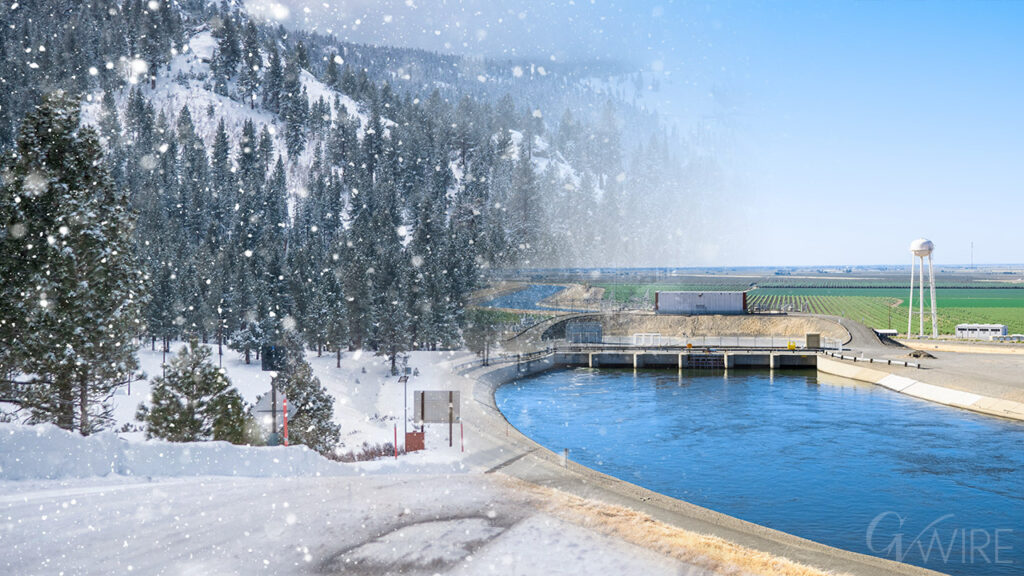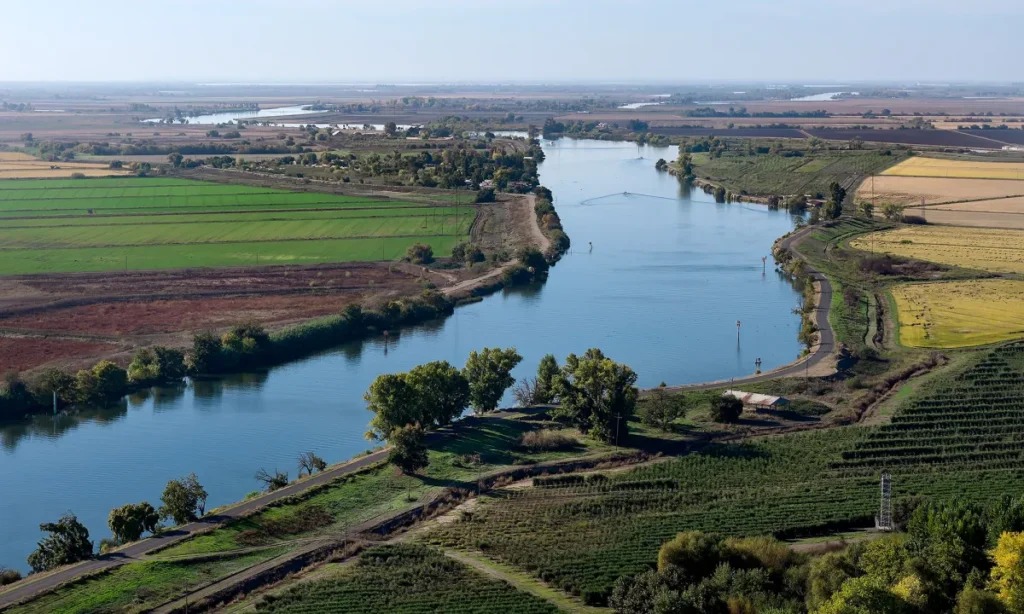Share
SAN FRANCISCO — A winter with little precipitation has left most of California abnormally dry and officials are bracing for the possibility of an early and more intense wildfire season amid record-breaking temperatures.
February is shaping up to be driest on record for much of the state, with chances of light showers on the horizon on March 1 and then not again until March 10.
Sierra Littlefield, a National Weather Service meteorologist in Sacramento, said there is a strong chance the state’s capital will see a completely dry February — something that has never happened.
“There is a lot of variability in the storm season, the rainy season for California,” she said. “We do have years that are really dry and years that are really wet.”
Downtown San Francisco is on its way to its first rain-free February since 1864, said meteorologist Anna Schneider.
The dry beginning of the year comes after a wet 2019 that capped mountains with snow, delivering water to reservoirs and helping to boost lush vegetation that can quickly turn into fuel for wildfires during dry, windy conditions.
Firefighters Quickly Knocked Down Several Brush Fires on Wednesday
About 75% of California’s annual precipitation typically occurs from December through February, mostly from atmospheric rivers — long plumes of moisture originating far out in the Pacific Ocean.
But a high-pressure system parked in the Pacific Ocean has been blocking storms from reaching California and steering them to the Pacific Northwest, Schneider said.
State officials are scheduled Thursday to conduct a survey of the Sierra Nevada snowpack, which supplies about 30% of California’s water.
The first reading of the winter there, on Jan. 2, found a snowpack that was 97% of the January average. But that had changed by the end of a largely dry January when the amount of water in the snowpack dropped to 72% of the Jan. 30 average, state water officials said.
In an indication of how dry things are getting, the U.S. Forest Service crews were battling a fire burning through timber at Mendocino National Park in Northern California.
In Southern California, firefighters quickly knocked down several brush fires on Wednesday, including blazes in Los Angeles, Simi Valley in Ventura County, and Rainbow in San Diego County. The fires were slow-moving, which Fire Capt. Brian McGrath attributed in Simi Valley to verdant brush and hillsides so the flames didn’t have fuel to burn.
California Is Prepared With Aircraft and Firefighters Ready to Be Deployed
State firefighters have responded to 280 small wildfires since the beginning of the year. In the same period last year, there were just 85 reported fires, said Scott McLean, a spokesman with the California Department of Forestry and Fire Protection.
“It’s February, we shouldn’t be seeing that,” he said.
McLean said California is prepared with aircraft and firefighters ready to be deployed if needed and officials have been implementing fire mitigation programs. Luckily, reservoirs statewide are either at or above their historical averages for this time of year.
“There is no July to November fire season per say. Now it’s more of year-round situation,” he said.
RELATED TOPICS:
Categories

Trump Signs Order Aimed at Curbing State AI Laws


















